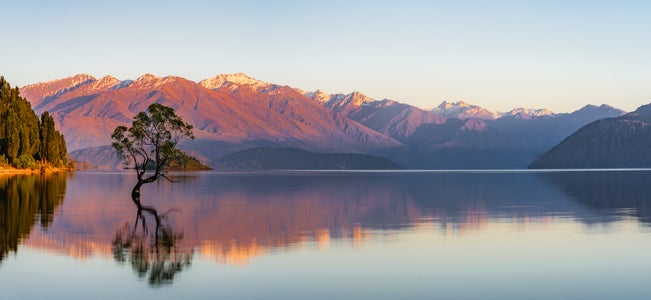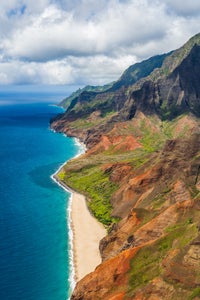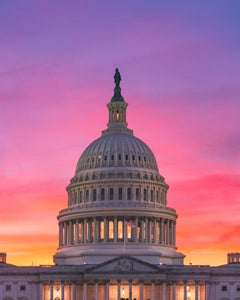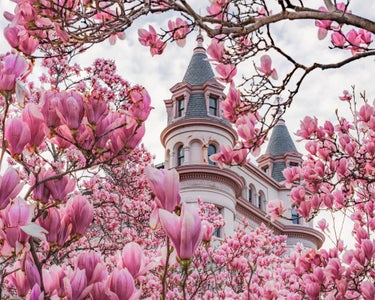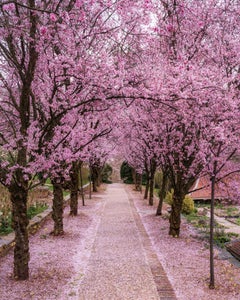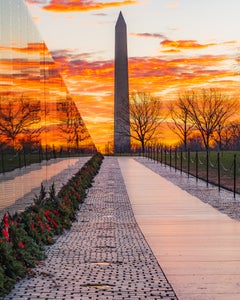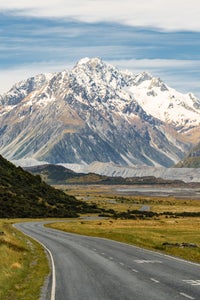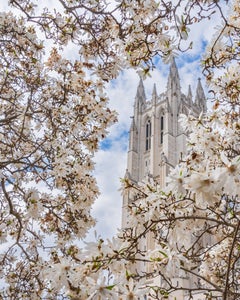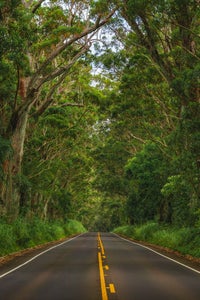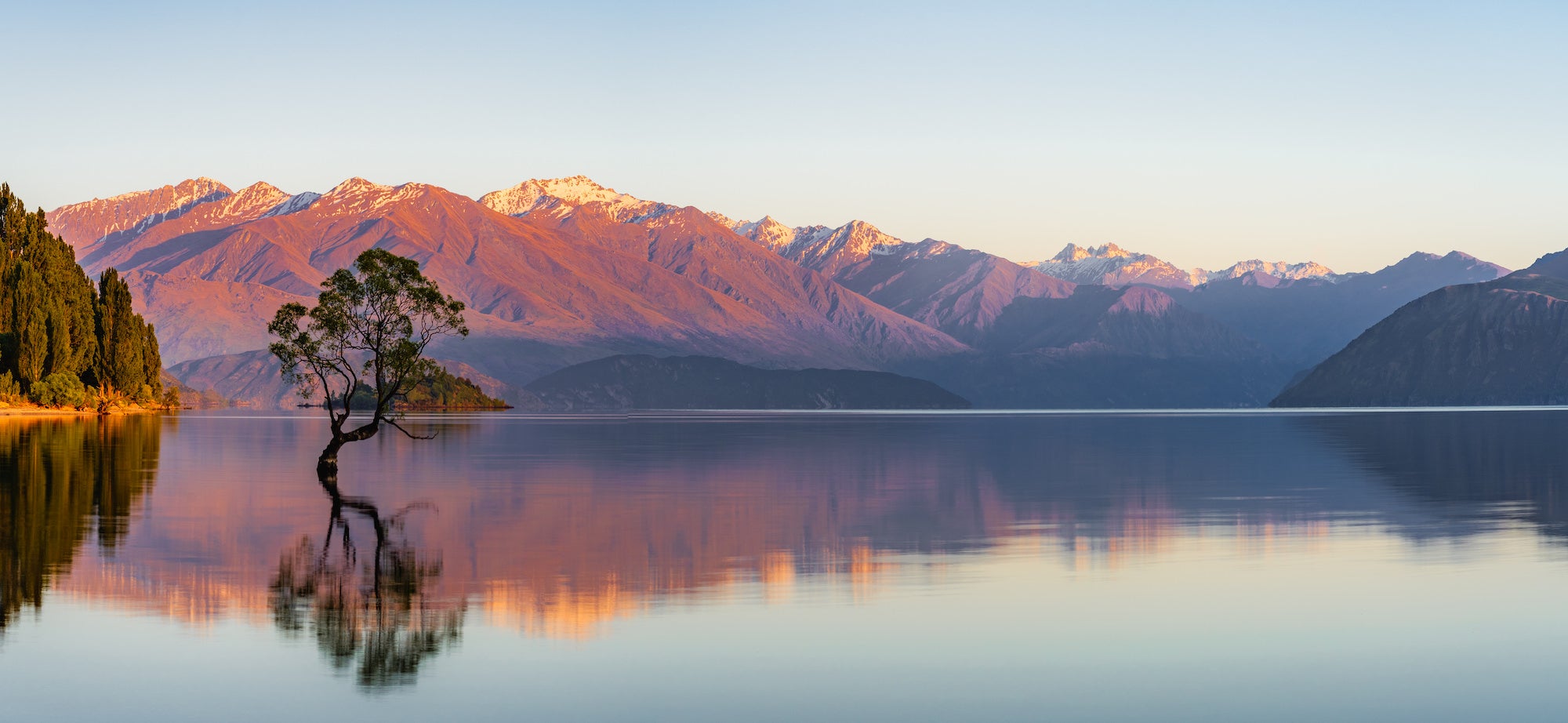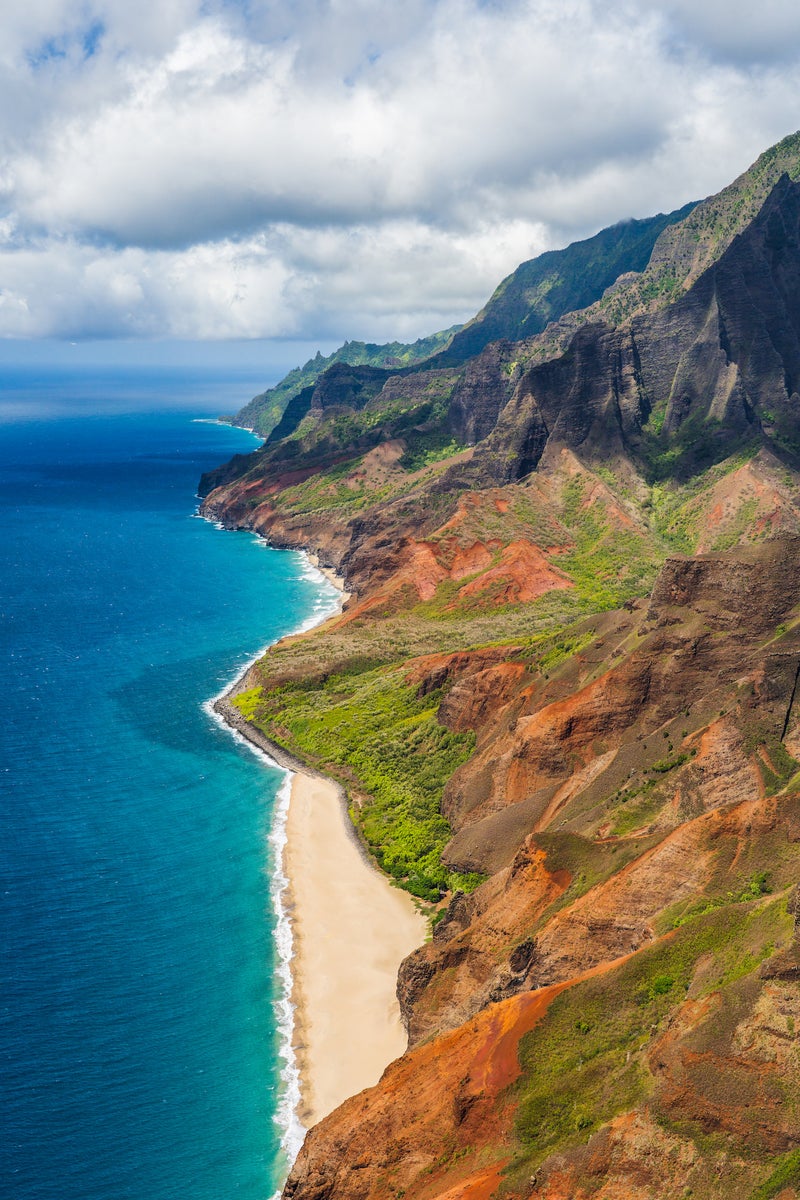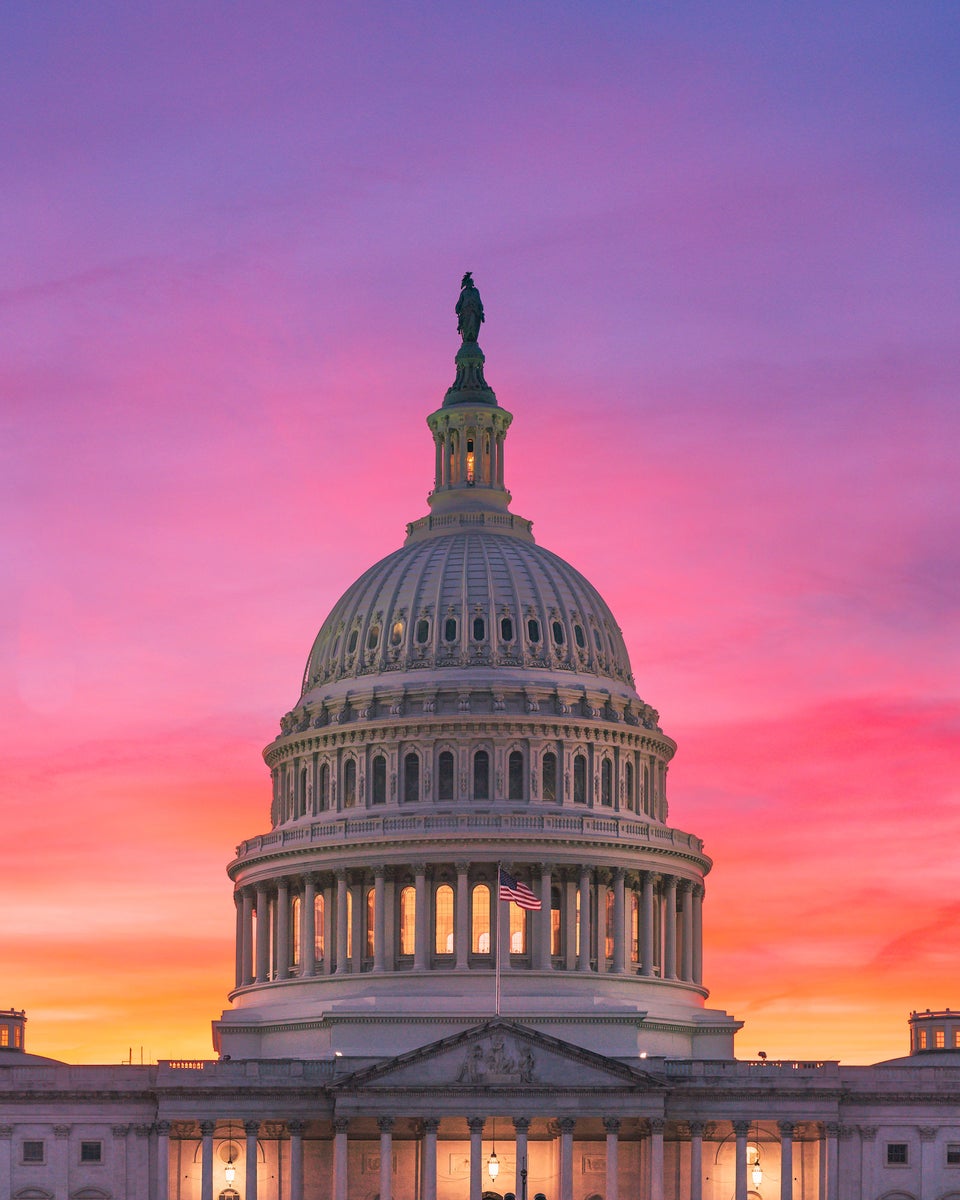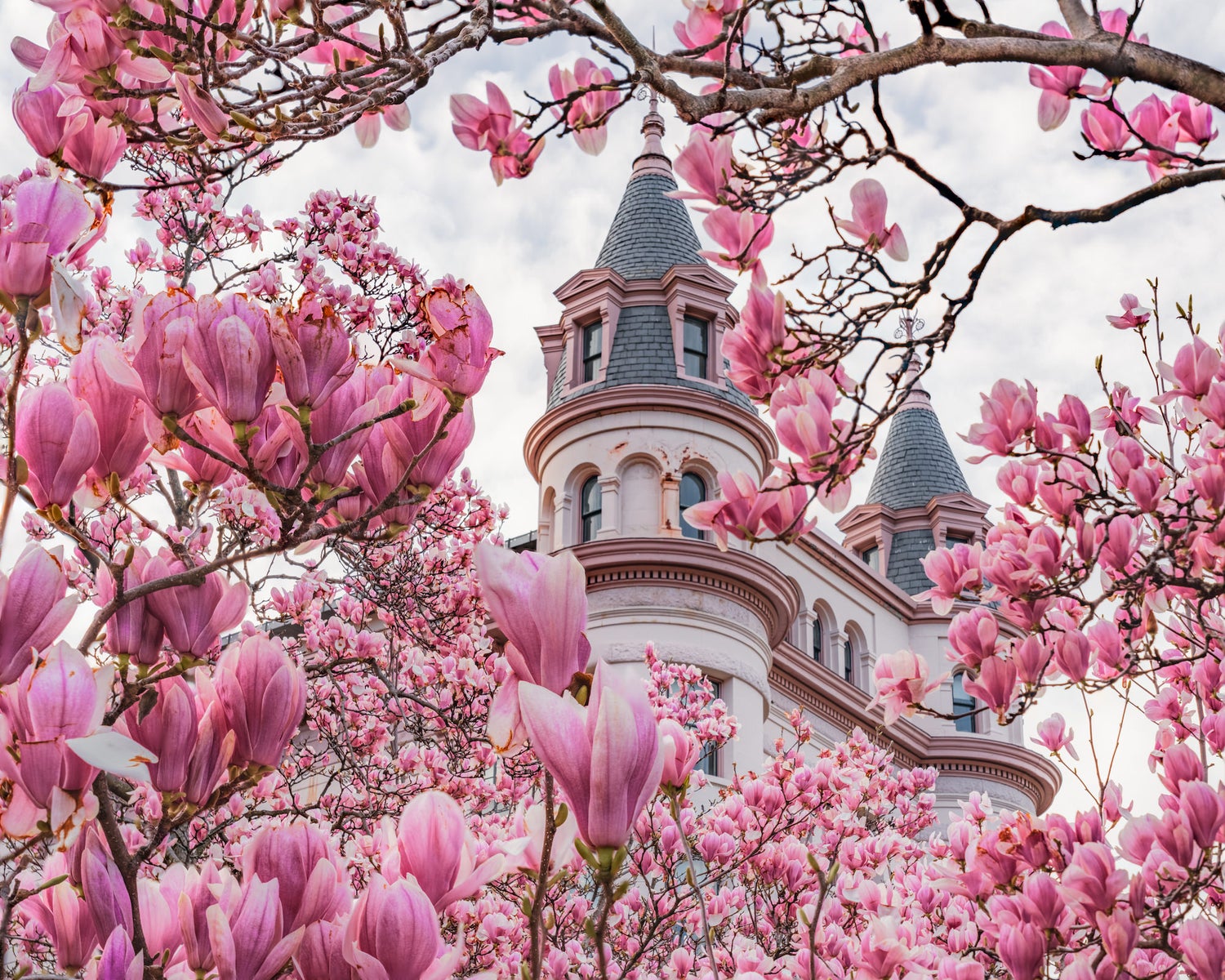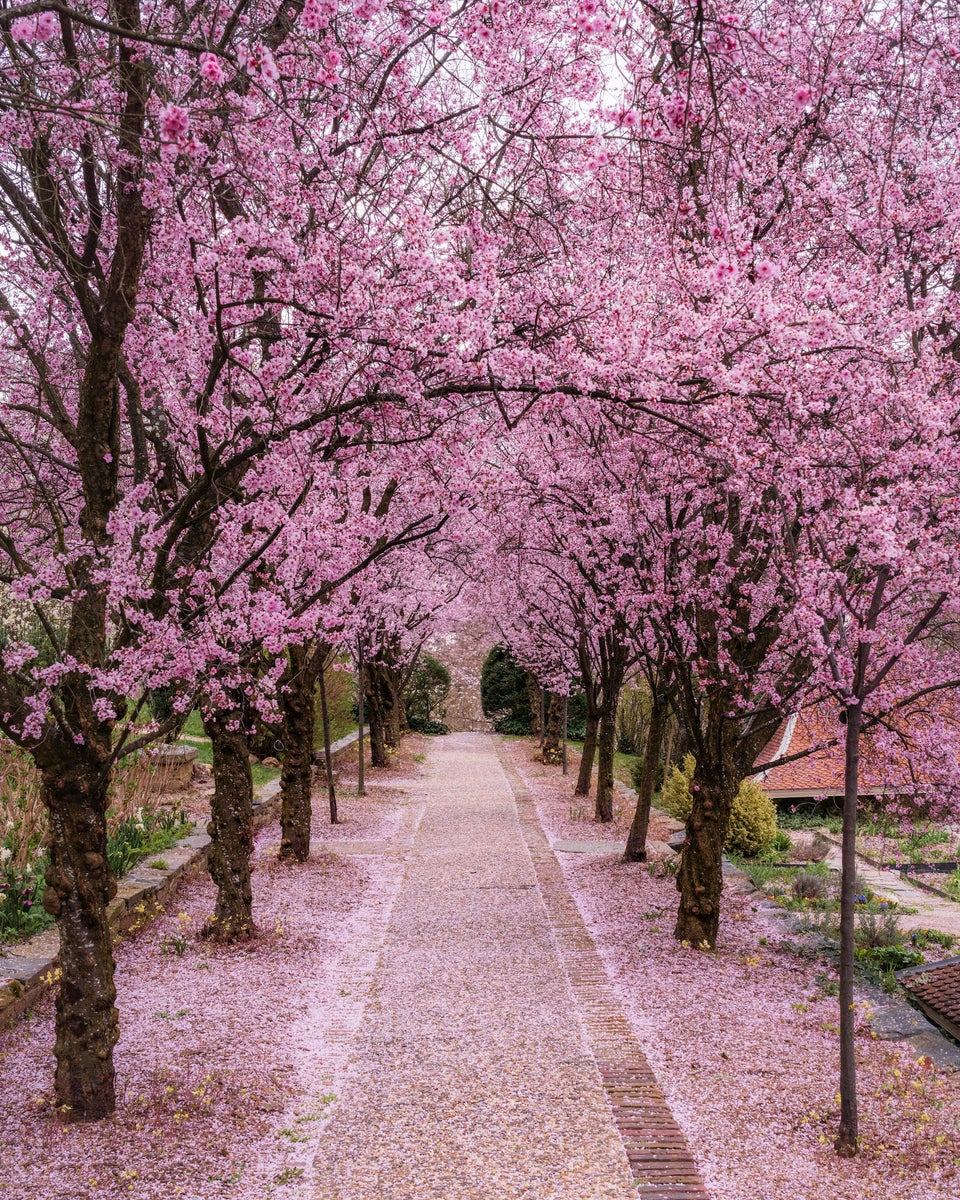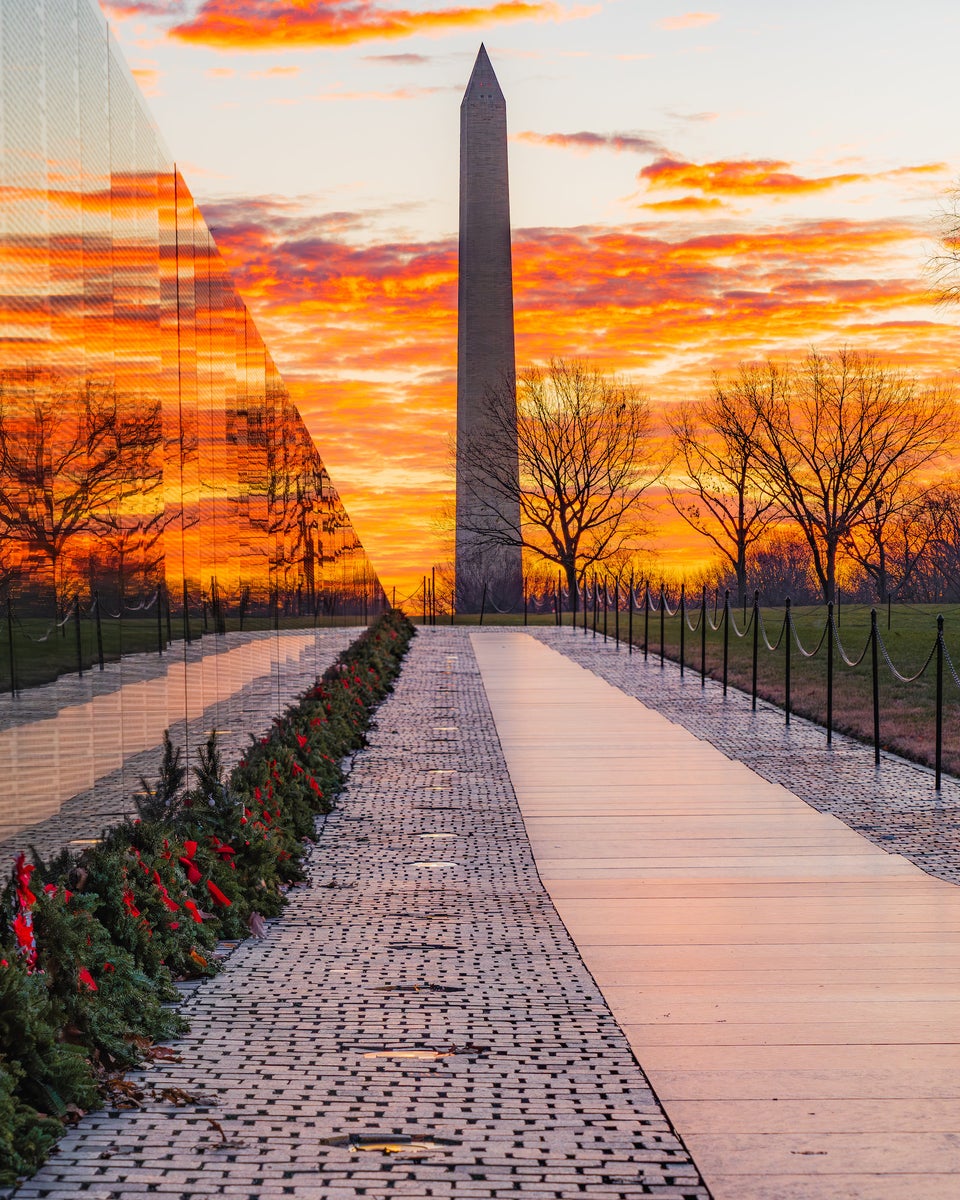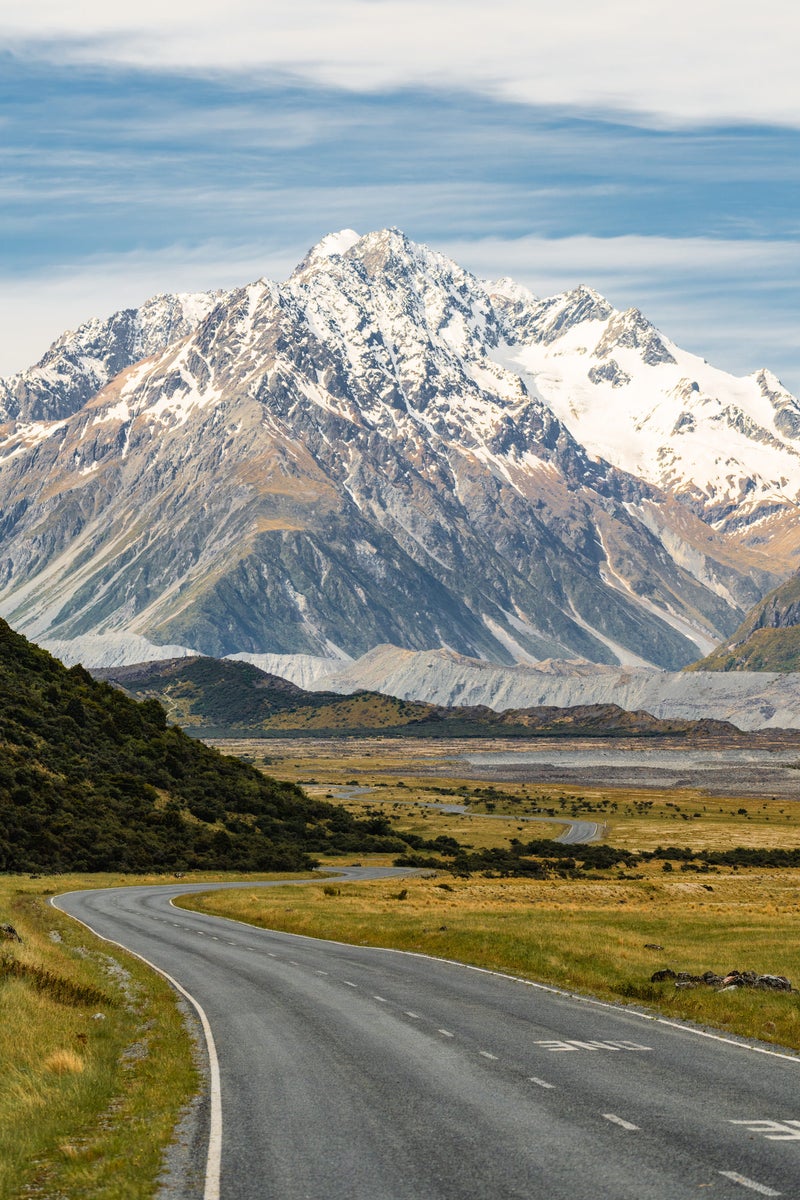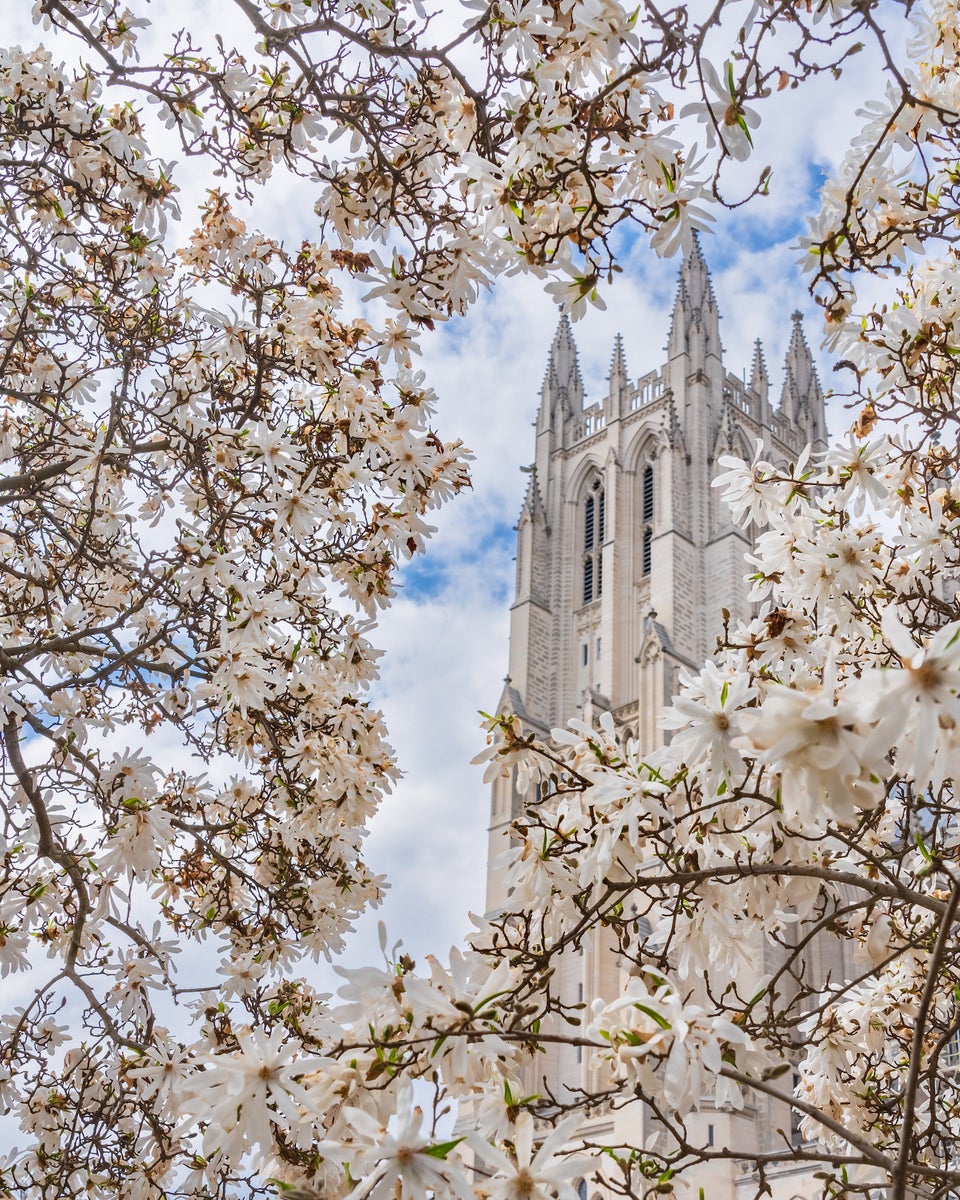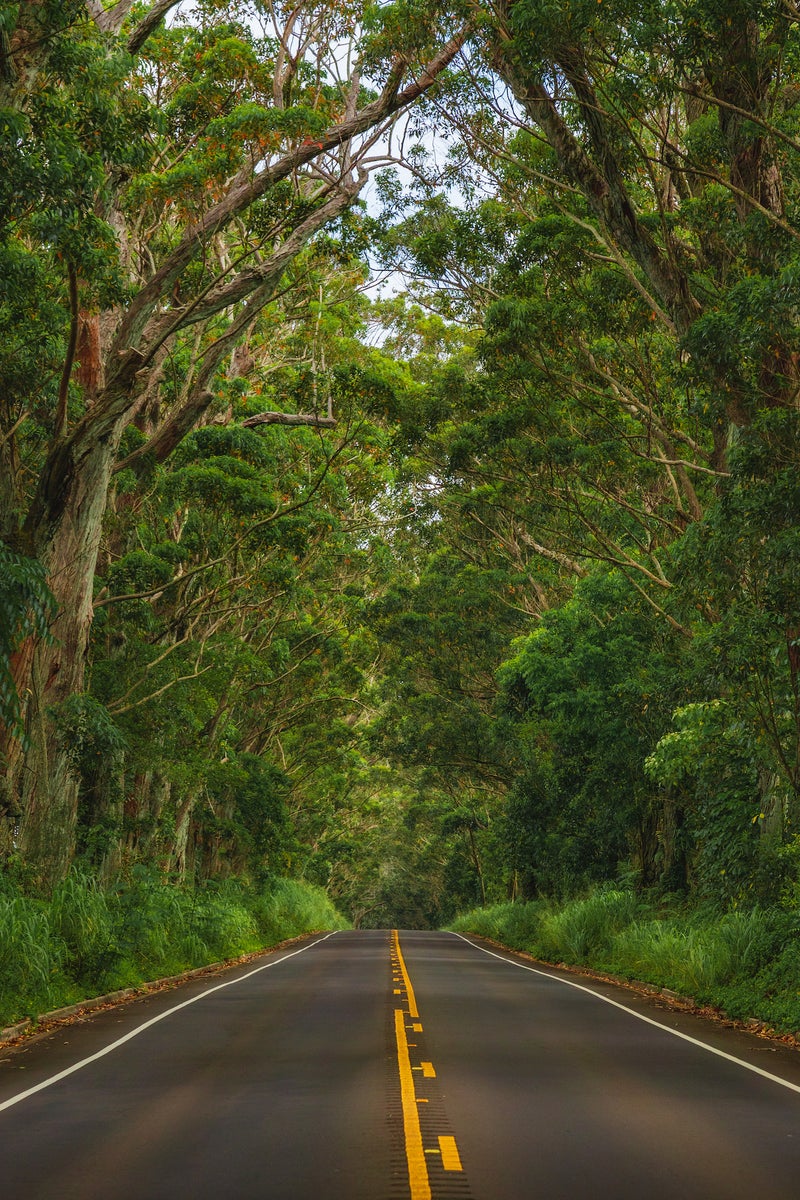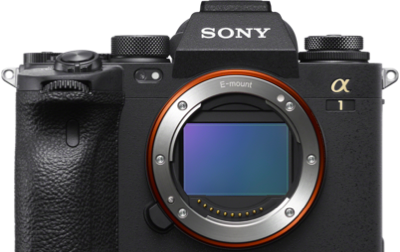Chris Bridner (@cbridner) is a Washington, D.C. area-based landscape and travel photographer. While he is best known for capturing the US Capital City, he is equally passionate about traveling and hiking in the outdoors. After getting an Alpha 6000 nearly a decade ago, he was hooked on Sony mirrorless tech. In the years since he acquired his Alpha 6000, he's migrated to full frame and with his distinctly different photography endeavors, Chris has developed a simple camera and lens setup for each.
Product Preview – In This Article You'll Find:
–Sony Alpha 7R IV
–Sony Alpha 7 III
–Sony 24-105mm f/4 G
–Sony 100-400mm f/4.5-5.6 G Master
–Sony 1.4x Teleconverter
–Sony TOUGH M-Series Memory Cards
–Sony NP-FZ100 Batteries
Washington D.C. area-based photographer Chris Bridner has two different kits for each of his passions – landscape & travel. Read as he explains what he uses for each.
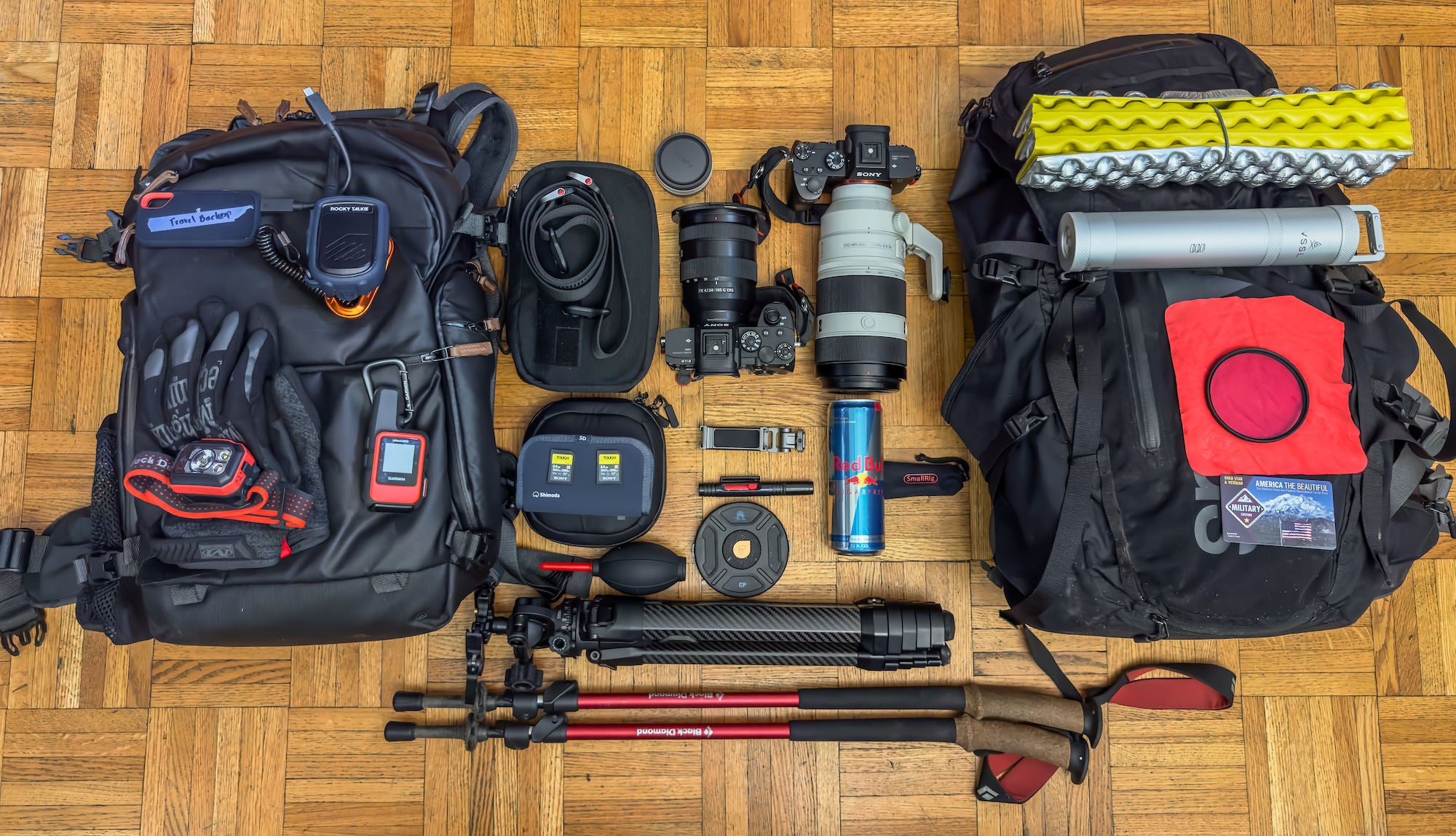
Cameras
Sony Alpha 7R IV: I originally got this for scenes where I wanted the higher resolution files, but it quickly became my primary camera. I often shoot with an ISO above 100 as my starting point, which might surprise a lot of people, but I know this camera can handle it and there won’t be any noise or loss in image quality. The subject tracking and Eye Autofocus help make sure I don’t miss a moment; I had some intimate moments with Grizzly Bears that wouldn’t have been possible without them. The freedom to do heavy crops on the 61 megapixel files gives me so much flexibility. I will often jump into ASP-C crop mode while shooting to get a little extra reach since I know the picture it produces will still be similar in mega-pixels to my Alpha 7 III. Combine all of this with excellent battery life and low weight, and I have everything I could ask for in a camera.
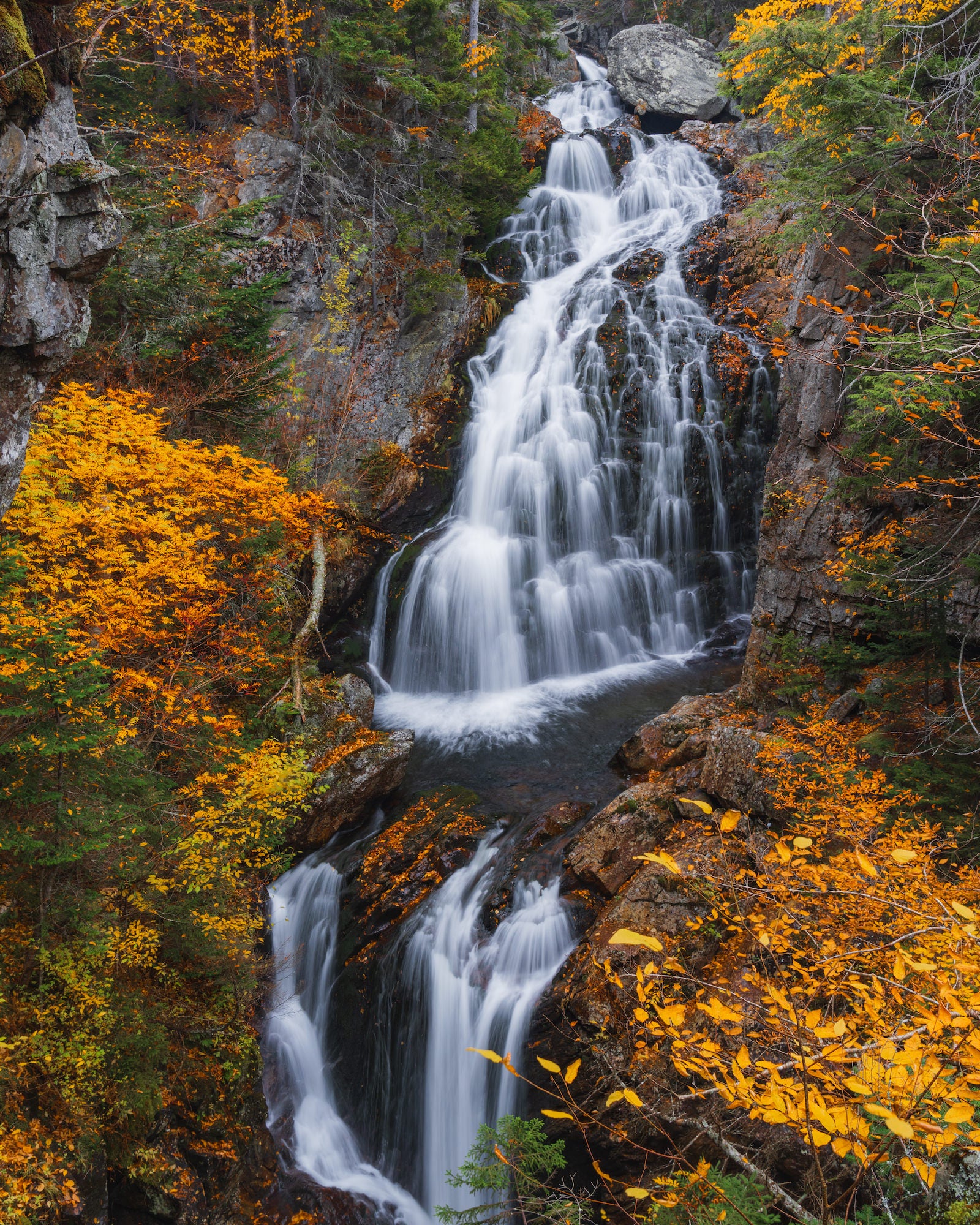
Photo by Chris Bridner. Sony Alpha 7R IV. Sony 24-105mm f/4 G. 1/3-sec., f/10, ISO 100
Sony Alpha 7 III: This camera has been everywhere with me: 4 continents, 10+ Countries, 20+ states, etc. It has survived being blown over in Alaska, slips and falls while hiking in New Zealand, getting poured on in a surprise rainstorm in France, and still keeps on capturing images without issue. The low light performance is even better than my Alpha 7R IV, and there are times when the smaller file size is more practical, particularly when doing a timelapse. Despite being nearly six years old, I continue to produce some of my most popular photos with this camera to this day.
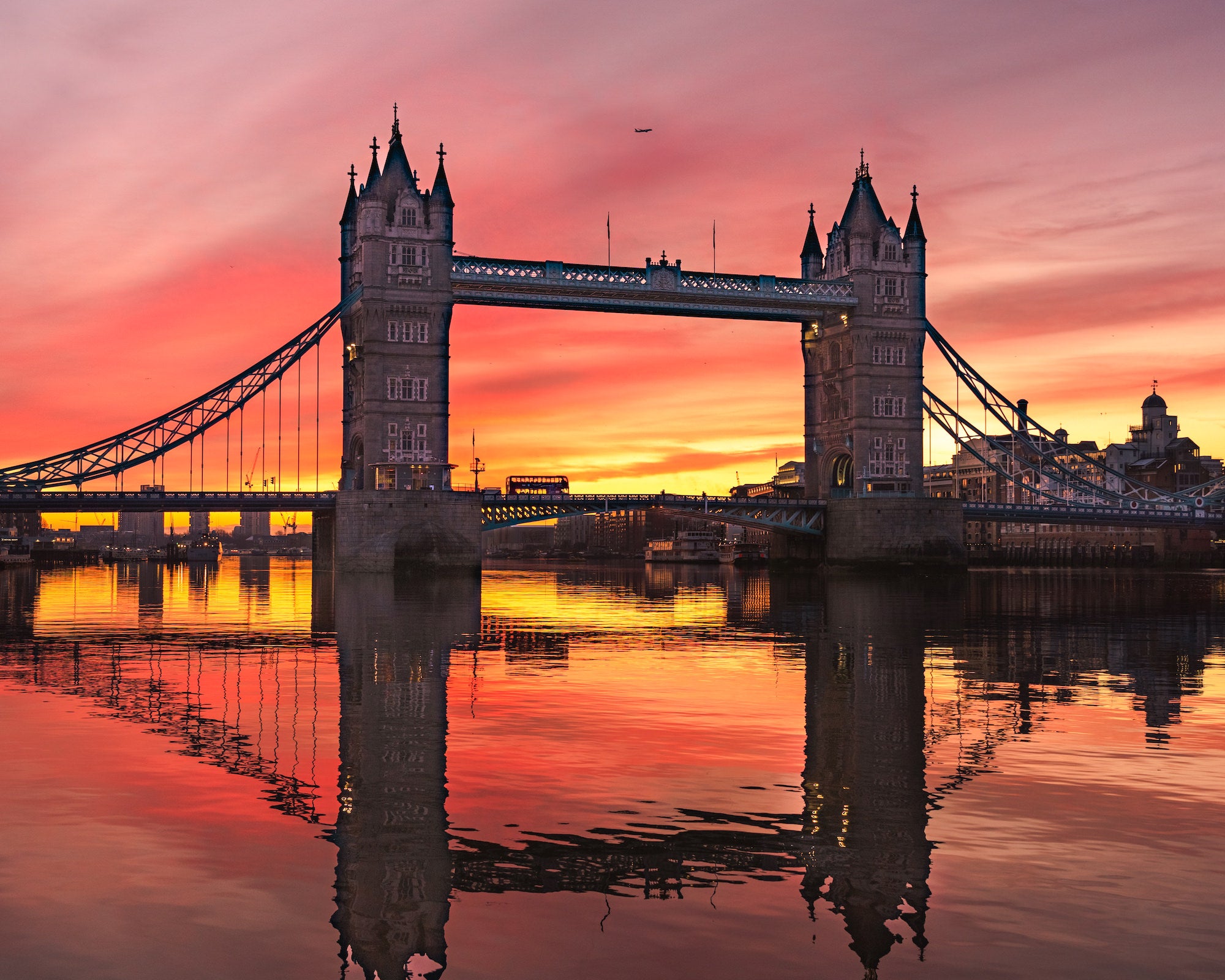
Photo by Chris Bridner. Sony Alpha 7 III. Sony 24-105mm f/4 G. 1/500-sec., f/5.6, ISO 400
Lenses
Sony 24-105mm f/4 G: I feel like this is a hidden gem in the Sony lineup, and I’m happy to have it as my tried and true workhorse lens. While I have some prime lenses that I will use for portraits, the range on this lens fits 90% of my needs which means I can save weight and just bring this lens on adventures. Since I’m often shooting landscapes, the f/4 maximum aperture is more than sufficient and the weight is excellent for how much range it has. The images are razor sharp, and I’m grateful for being able to get wide at 24mm, and having a little extra range up to 105mm. This is truly an all-in-one lens for me and I’ve taken the majority of my photos with it.
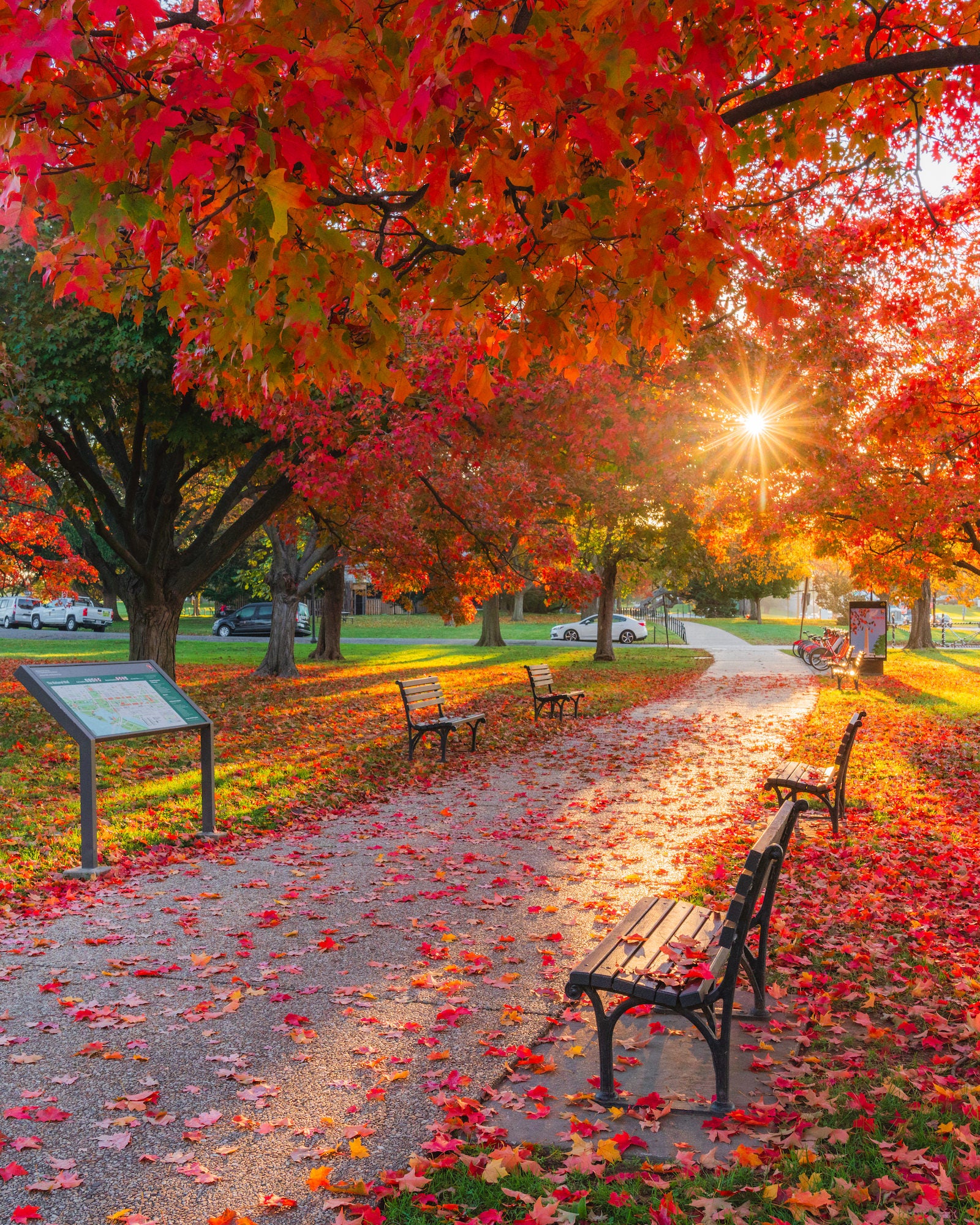
Photo by Chris Bridner. Sony Alpha 7R IV. Sony 24-105mm f/4 G. 1/60-sec., f/11, ISO 400
Sony 100-400mm f/4.5-5.6 G Master: While I originally got this lens for my hiking and wildlife photography, I’ve ended up using it just as much in the city. When photographing an area as popular as Washington, D.C., one of the ways I’m able to create new perspectives on popular locations is to use the compression this lens offers in my pictures. When I’m out hiking, I love being able to pick out specific details of a mountain range or waterfall depending on where the light is hitting. My wife has nicknamed this lens “Big Boy” for how much I can zoom in, yet it is amazingly lightweight. My only regret is not purchasing this lens earlier.
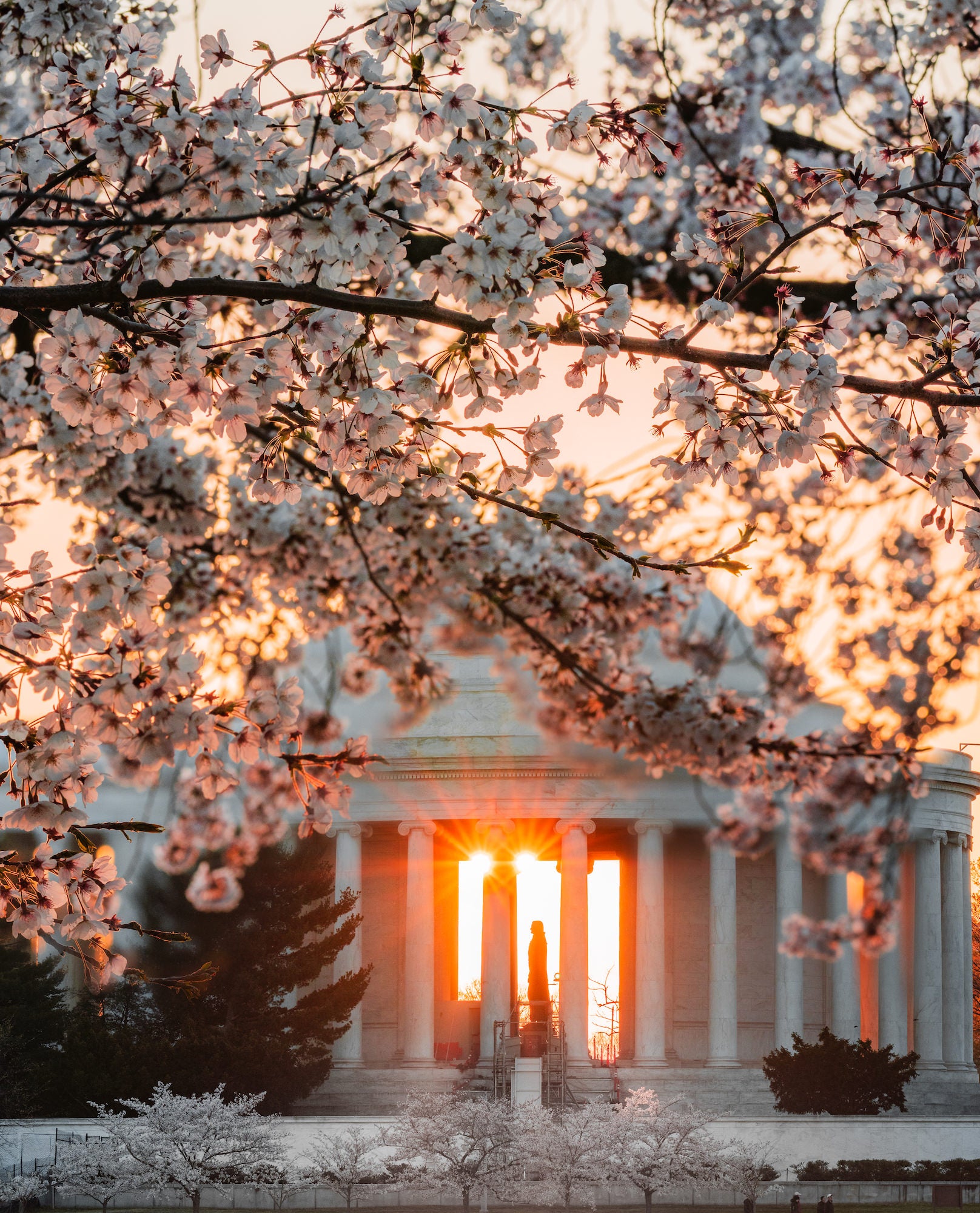
Photo by Chris Bridner. Sony Alpha 7R IV. Sony 100-400mm f/4.5-5.6 G Master. 1/250-sec., f/11, ISO 400
Accessories
Sony 1.4x Teleconverter: Paired with the 100-400mm for when I need a little extra range up to 560mm. I can also crop into APS-C mode on the Alpha 7R IV and get up to 840mm. I wouldn’t have been able to get this bear cub sleeping on its mother without the teleconverter.
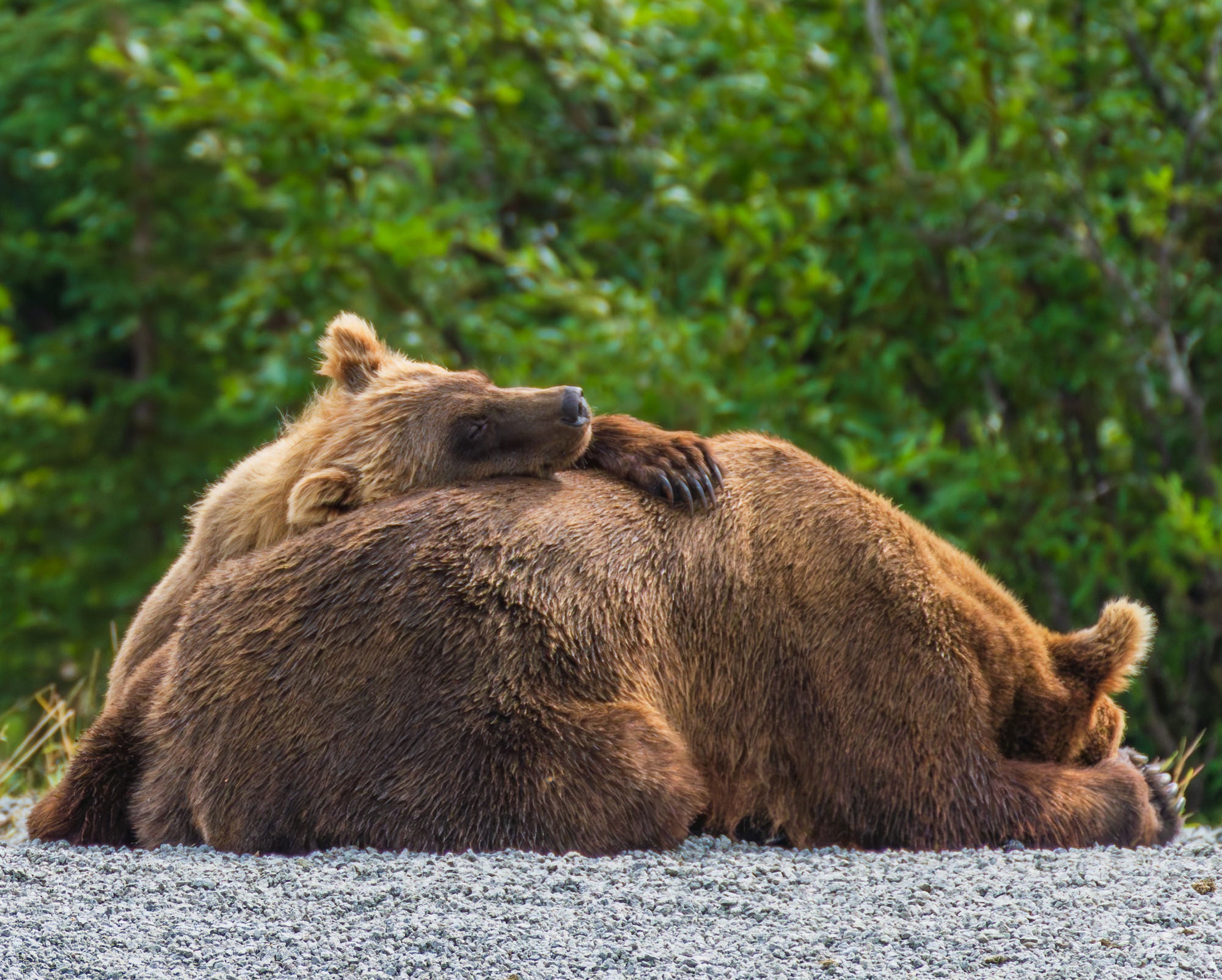
Photo by Chris Bridner. Sony Alpha 7R IV. Sony 100-400mm f/4.5-5.6 G Master. 1/1600-sec., f/8, ISO 800
Sony TOUGH M-Series Memory Cards & Spare Sony Batteries: I only use Sony Tough Cards and have never had a single issue with tough weather/travel conditions. The V90 has no issues keeping up with the large file size on the Alpha 7R IV. I find the battery life to be excellent on my cameras and rarely run out of battery through a day of shooting, but it’s always good to have a spare.
Sony Wireless Remote Commander: For triggering a long exposure, self-portrait, or preventing camera shake, this remote works flawlessly.
Shimoda Explore v2 25L: This bag is my go-to for all of my city and travel photography. In DC there are often size limits on bags that you can bring places, and I’ve never had an issue with this bag. The pockets on the straps are perfect for gimbals, phones, and lens caps. I appreciate the side access this bag provides, allowing for quick access without laying the bag on the ground, extra helpful when in a crowded city. Finally, this bag will fit under the seat of every airplane I’ve been on, meaning I never have to worry about gate-checking my camera equipment if the overhead bins are full.
Peak Design Carbon Fiber Travel Tripod and Acratech GXP Ballhead: The Peak Design tripod is a dream when it comes to saving weight and space, particularly while hiking. I swapped out the standard head for the Acrartech head as it allows for easier panoramas, and has a gimbal function when I’m using the 100-400 to allow for smooth adjustments.
Peak Design Capture Clip, Clutch Hand Strap, and Slide Lite Strap: I love Peak Design products and how easy it is to swap to various accessories in their product line. The capture clip lets my camera live on my shoulder while hiking, while the strap and clutch allow for greater comfort and safety when I am quickly swapping between bodies and lenses in the field.
Polar Pro Helix MagLock Burkard Series Circular Polarizer and 6-stop ND Filter: Every photographer should have a circular polarizer, whether you’re using it to remove reflections in windows, help the sky stand out, or emphasize wet spots in nature. The 6-stop ND allows me to shoot long exposures for sunrise, sunset, and waterfalls. These particular filters are magnetic which allows for fast and easy switching between lenses, and they are stackable, meaning I can combine both without any vignetting down to 19mm.
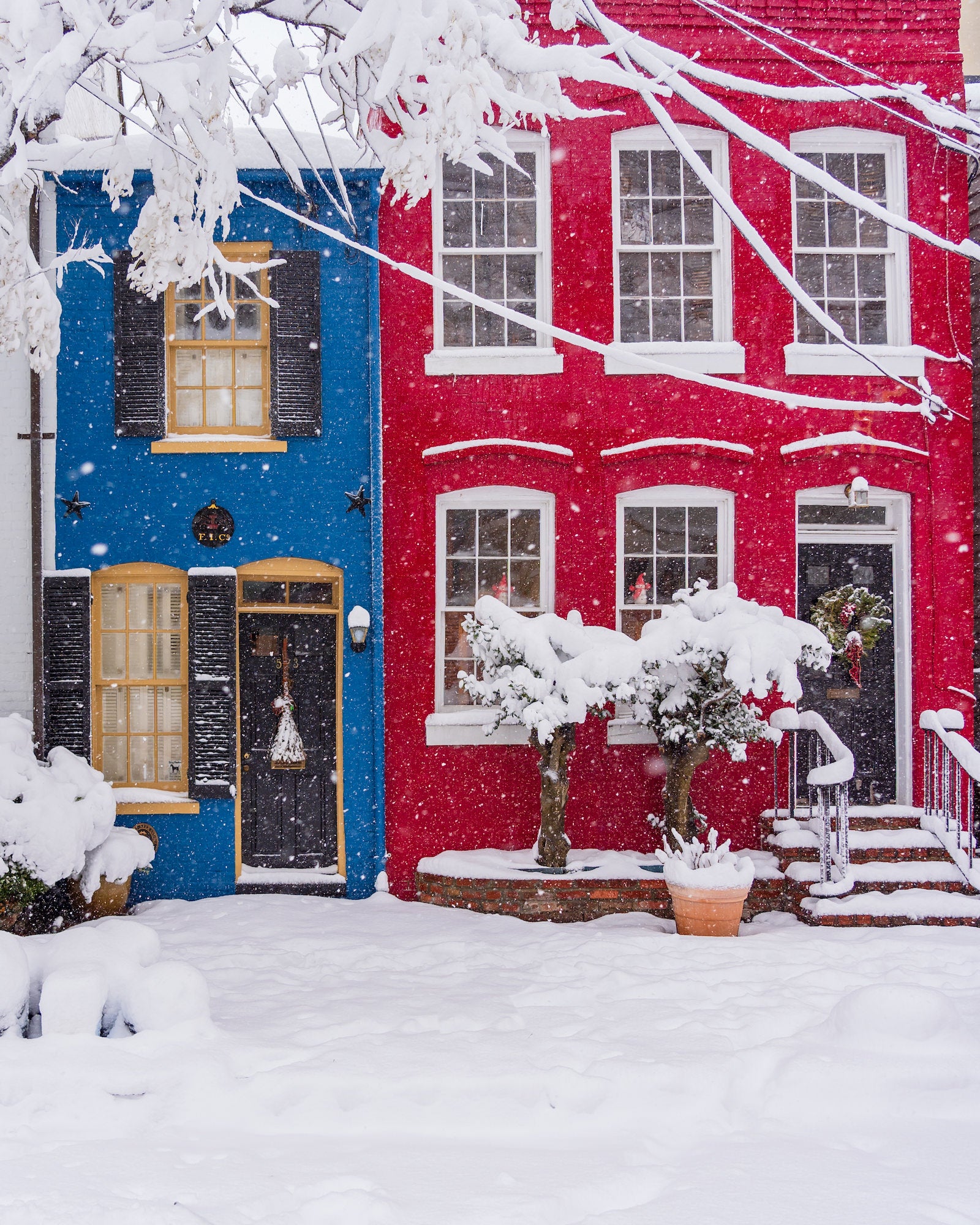
Photo by Chris Bridner. Sony Alpha 7 III. Sony 24-105mm f/4 G. 1/400-sec., f/4, ISO 400
Hoya Starscape Filter: While made for removing light pollution in the night sky, this is also a secret weapon for making the color in fall foliage pop.
1TB SSD Drive: When it comes to backups, I borrow a phrase from the military: “Two is one and one is none”. I use this to back up my memory cards while in the field until I can get back to my computer and properly back them up. The write speed is very fast and it’s made to withstand bumps and spills.
Smallrig Hotshoe iPhone Mount: For capturing behind-the-scenes video while I am photographing or for quickly referencing where the sunrise or sunset will align using an app like Photopills.
Smallrig Folding Toolset, Rocket Blower, Microfiber Cloth & Lens Brush: Always be prepared to take care of your gear while in the field. These help me clean and handle adjustments to my lenses, camera, accessories, and tripod.
Black Diamond Headlamp: My favorite time to photograph is sunrise and sunset, so this will often be used to navigate to/from where I’m photographing in the dark. If I’m using a subject in the image, I can also have them wear the headlamp for a long exposure effect.
Mechanix Insulated Gloves: I’ve been on a long hunt for non-bulky gloves that are warm, allow for easy operation of my camera buttons, and are touchscreen compatible. After trying over a dozen pairs over several winters, these are my favorite.
Sugar-Free Red Bull: Whether needing some energy for a sunrise shoot, or as a reward after a long hike to a location, there is nothing I enjoy more than a Sugar-Free Red Bull.
Additional Gear When Hiking
Atlas Packs Athlete Bag 40l: When I go hiking, I need a bigger bag to hold the additional gear. Atlas Packs makes bags with built-in cores that allow for better use of space and balancing of weight vs. a removable core bag. I can easily fit everything listed here with room to spare in this bag and the specialty built straps and waist belt help make sure I am not feeling all that weight on my shoulders and back when hiking long distances.
America The Beautiful National Parks Pass: The best deal in the outdoors, this pass provides annual access to all lands managed by NPS, BLM, Fish and Wildlife, and US Forest Service. While my wife gets a lifetime pass from her military service, we still donate to the parks each year to help make sure others can enjoy the outdoors.
Black Diamond Carbon Fiber Hiking Poles: These help save my knees, especially on downhills carrying camera gear while hiking. They also help give me stability when crossing rivers.
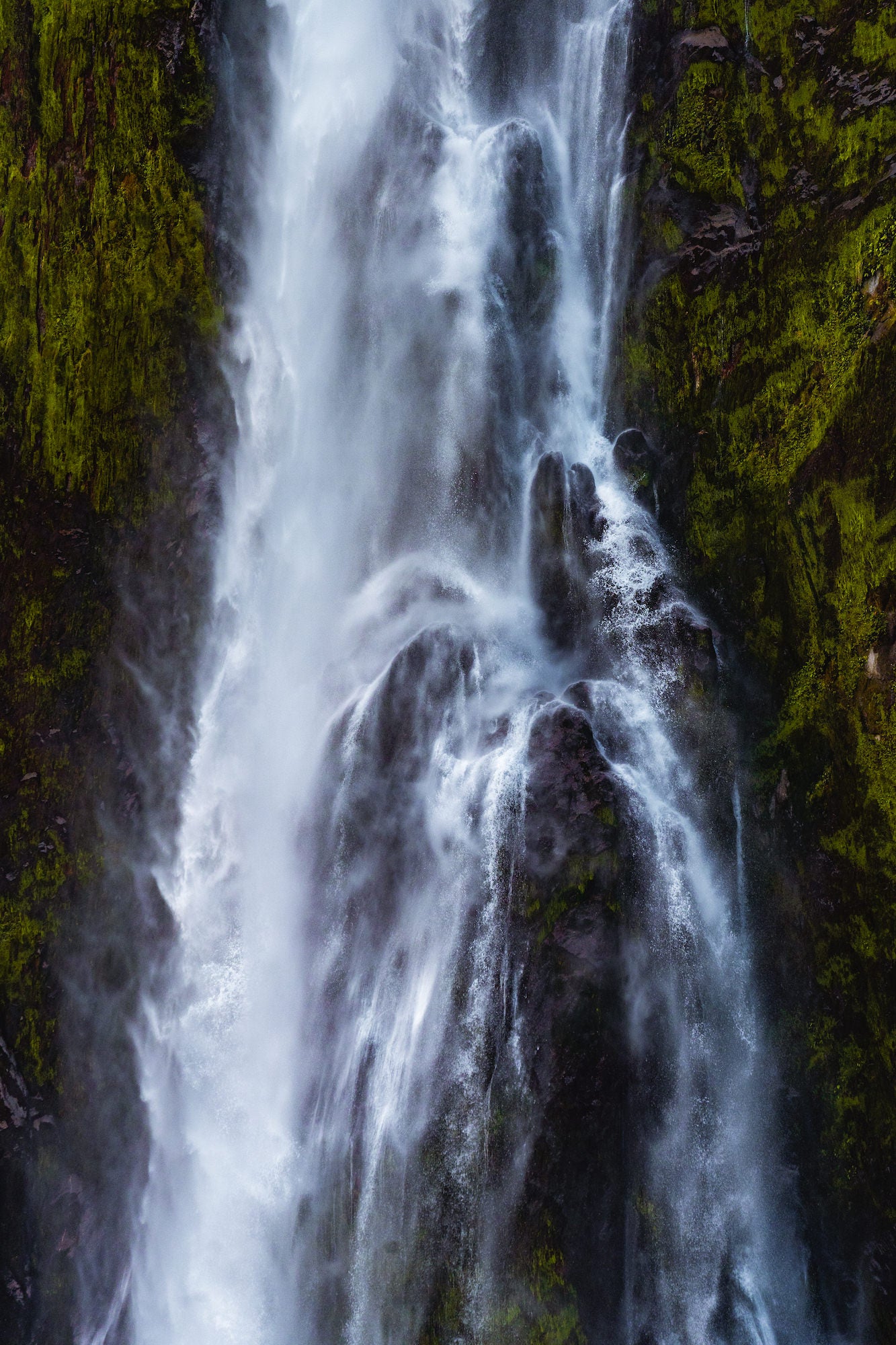
Photo by Chris Bridner. Sony Alpha 7 III. Sony 100-400mm f/4.5-5.6 G Master. 1/640-sec., f/8, ISO 800
Ten Essentials Pouches, My Medic First Aid Kit, VSSL Supplies, Extra Layers: While this could be a whole article on its own, I make sure to cover all of the 10 Essentials when I hike. This includes: navigation, sun protection, hydration/filtration, illumination, first-aid/repair kit, fire, nutrition, and emergency shelter.
Therm-a-Rest Z Seat-Pad: This weighs next to nothing and feels a lot better to kneel or sit on than a rock or wet ground.
Rockie Talkie and Garmin Inreach Mini 2: The walkie-talkie is used to help pose subjects in the photograph and also stay in touch with base camp when I go out on a solo hike. The Inreach Mini 2 provides peace of mind to be able to message and share your location with the outside world when you don’t have cell service, or if something goes wrong, be able to call for an SOS. Pro tip, get the Search and Rescue insurance they offer, it’s a small annual fee and will give you peace of mind if the worst occurs and you have to be rescued.
See more of Chris Bridner's work on Instagram @cbridner.
